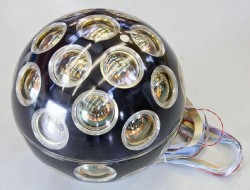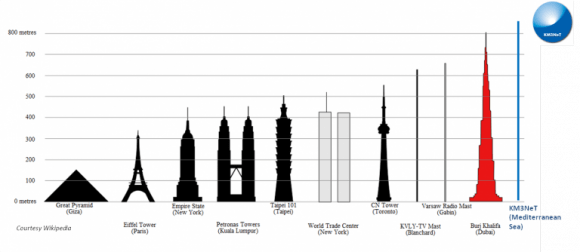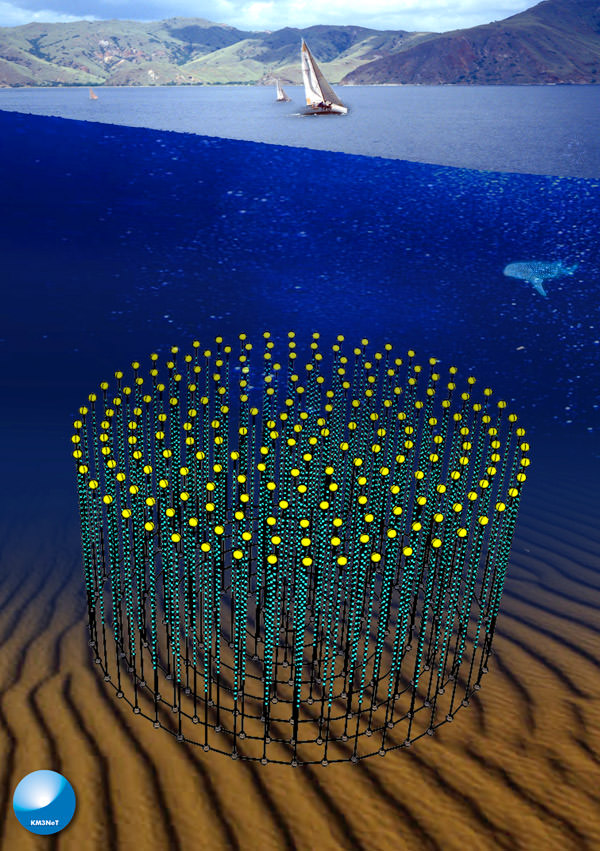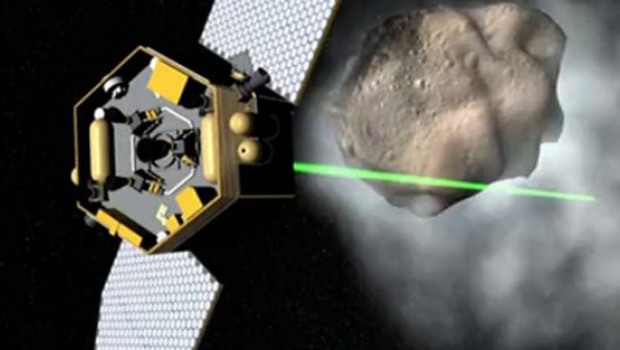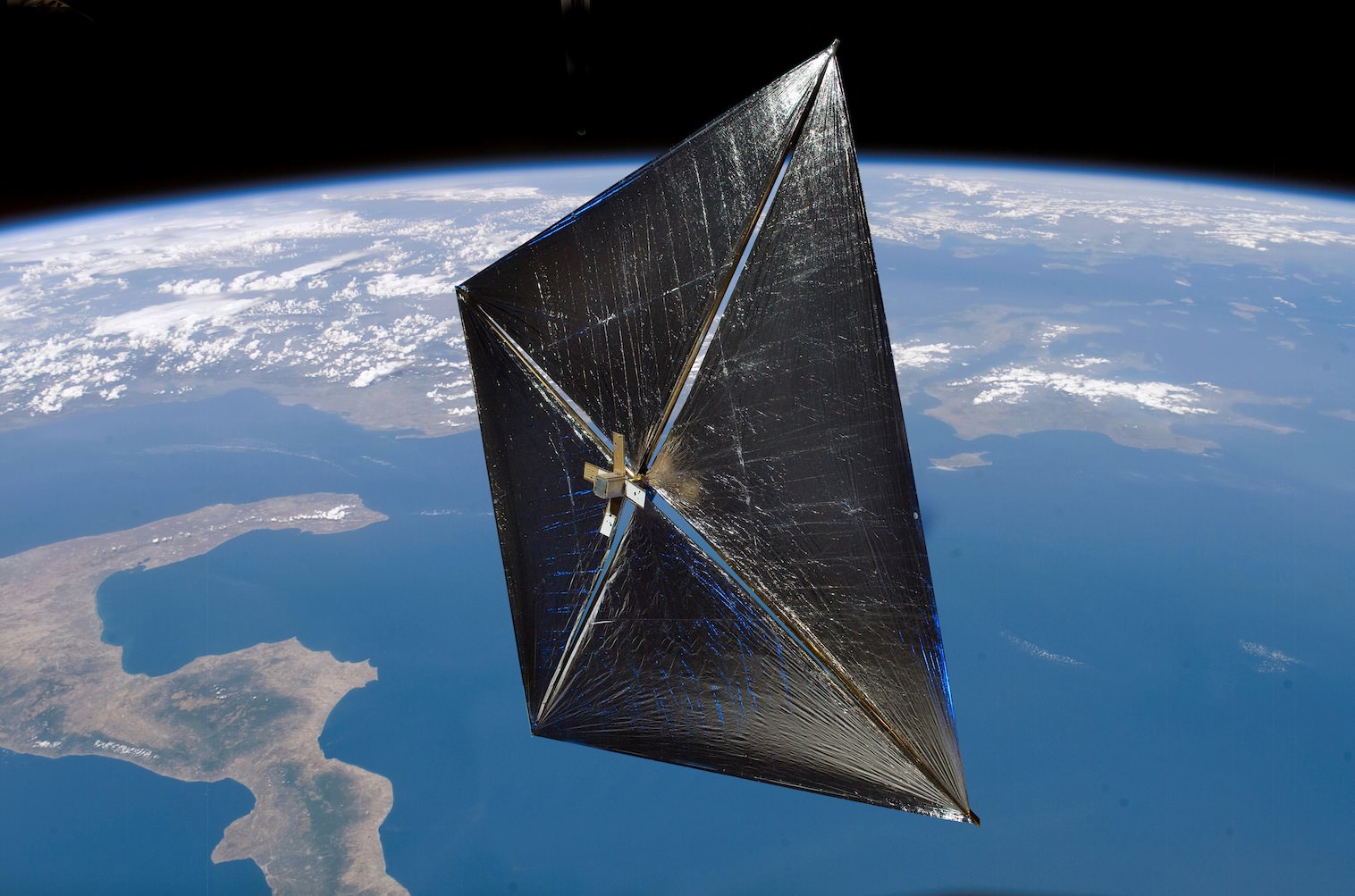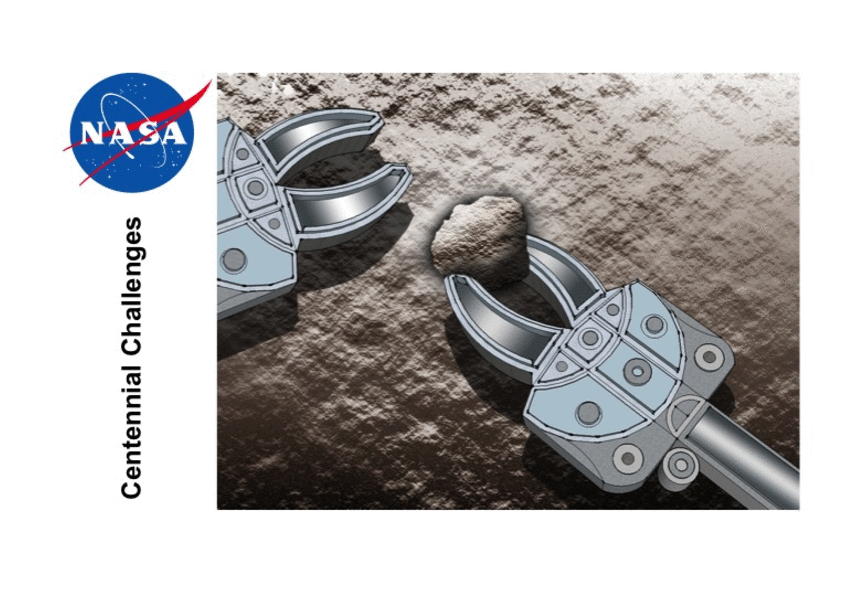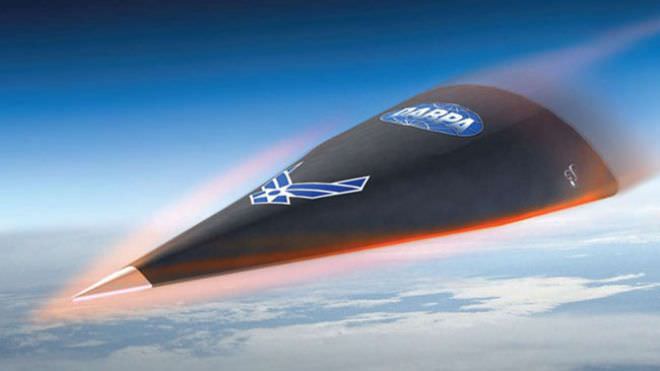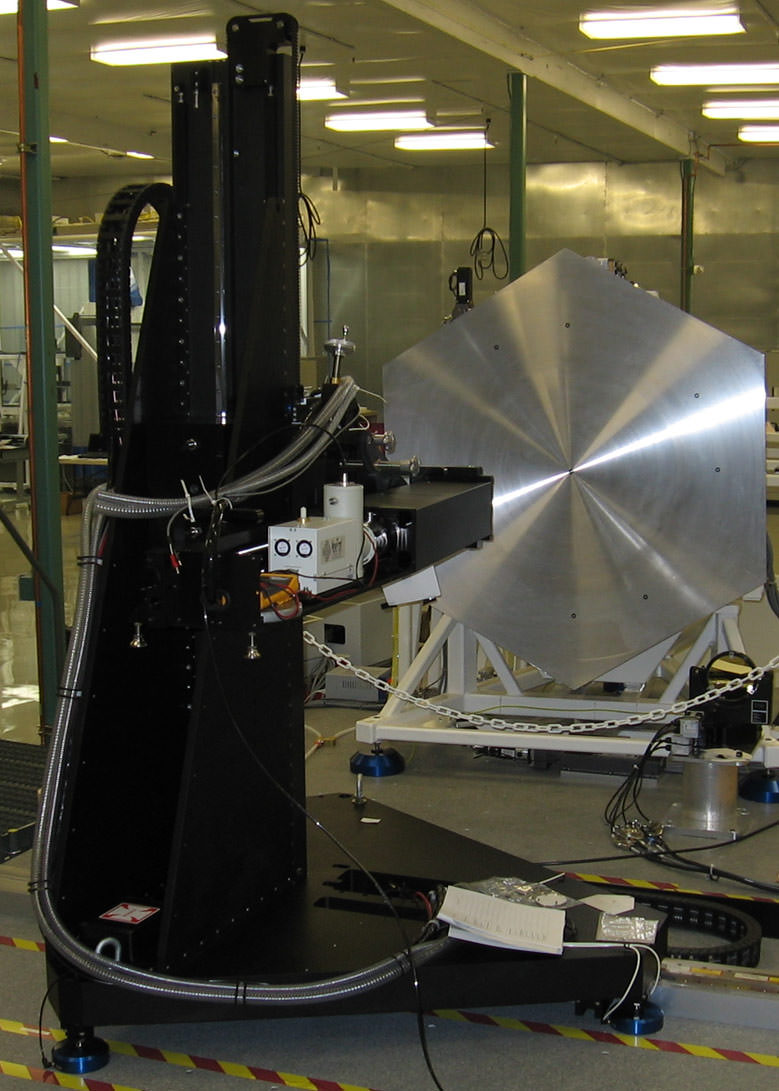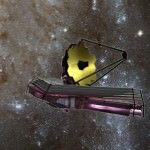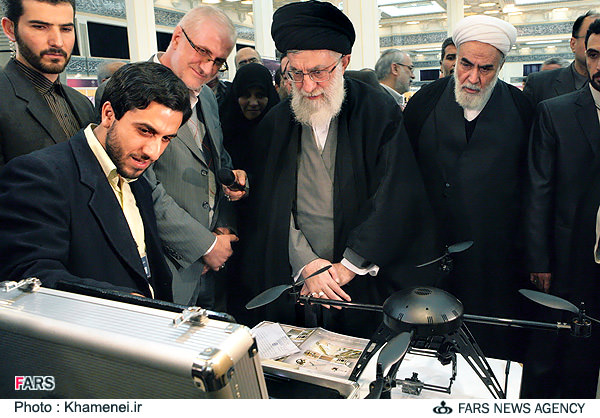[/caption]
What do these three things have in common: space debris elimination using an air gun, a heat shield made from lunar regolith and lightweight space structures made from ultra-light nanomaterials called “Photonic Muscle?”
They are just three of thirty new concepts that NASA has provided funding to move innovative ideas from formulation to implementation under the NASA Innovative Advanced Concepts, or NIAC, program. Some of the concepts are new ways of dealing with persistent problems; others are completely new ideas, with some in the category that sound so crazy, they just might work.
“These advanced concepts selected for study under NIAC were chosen based on their potential to transform or significantly alter our current approaches to launching future space missions, or building and operating space systems,” said Dr. Bobby Braun, NASA’s Chief Technologist, during a teleconference on Aug. 8, 2011.
NIAC—formerly known as the NASA Institute for Advanced Concepts – is back after being cut in 2007 due to budget constraints. The program began in 1998 and the closure of the think-tank-type of program was cause for dismay by those who believed part of NASA’s mission is to spur research and innovation.
“This was previously an outstanding program at NASA and I am excited to be part of the team that is bringing NIAC back,” said Braun. “This is really part of a small change going on within NASA to take it back to its roots with a focus on advanced technology and innovation.”
Braun added that technology and innovation goes hand in hand with space exploration. “Visionary thinking is important for maintaining our leadership in space,” he said.
Each proposal will receive approximately $100,000 for one year to advance the innovative space technology concept and help NASA meet operational and future mission requirements.
NASA received over 150 different proposals for funding, and the 30 were chosen based on their technical merits and their potential to mature into the transformative capabilities NASA is looking for to improve current space mission operations.
“Some of the proposals are risky, somewhat out-of-the-box ideas and very advanced system concepts that have the potential to revolutionize our missions in the future,” said Joe Parrish, director of the Early Stage Innovation division at NASA’s Office of the Chief Technologist in the Space Technology division. “We recognize that in order to make big gains, sometimes we are going to accept some risks. NIAC is the greatest example of an effort to really look at very far-reaching activities and consciously and willingly take risks and look for big rewards to those risks.”
Some of the winning proposals include advanced propulsion and power systems for space, protecting humans from radiation in space, 3-D printing to construct mini spacecraft, and using flywheels to power a spacesuit.
“The most meritorious proposals allow us to look at many ways to address these problems, any of which would be breakthrough technologies,” said Parrish.
These first “new” NIAC projects were chosen based on being technically substantiated, and they could hopefully mature within about 10 years from mission infusion.
NASA anticipates the funding starting dates to be in early September 2011. “We hope to have NIAC studies on an annual basis, and concepts that do well in their first year could receive up $500,000 for up to two years of additional research,” said Jay Falker, NIAC program executive.
The previous NIAC allowed only non-NASA employees to apply, but the new incarnation permits NASA-based personnel to seek funding for their ideas.
In 2008, the National Research Council conducted a review of NIAC’s effectiveness and made concluded that NASA and the US would be well served by maintaining a mechanism to investigate visionary, far-reaching advanced concepts as part of the agency’s mission. Following an October 2009 hearing by the U.S. House of Representatives Subcommittee on Space and Aeronautics, NASA re-established the NIAC program during fiscal year 2011.
Some of the avant-garde and risky ideas funded under the previous NIAC included the space elevator — a cable to ferry equipment from Earth into orbit — and a solar shield to be unfurled in space to deflect sunlight and counter global warming.
The new concepts announced yesterday include both well-known issues and completely new designs. For example, space debris is a well-identified issue that NASA’s been working on, but using an air gun from a high altitude balloon to shoot pulses into the upper atmosphere to slow down debris is “an approach that’s completely novel to a problem we’ve known about,” Falker said.
See the complete list of winning concepts here. Got an idea? More information about NIAC can be found here.
Over the next few weeks, we hope to feature several of these concepts in more detail.
You can follow Universe Today senior editor Nancy Atkinson on Twitter: @Nancy_A. Follow Universe Today for the latest space and astronomy news on Twitter @universetoday and on Facebook.
